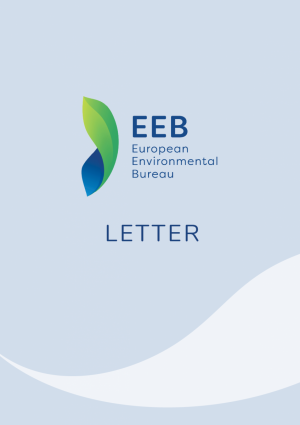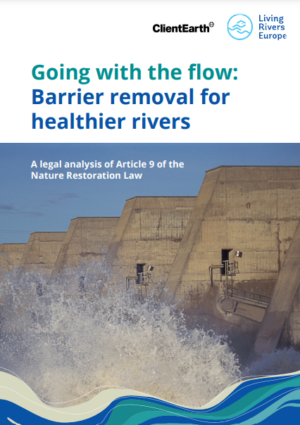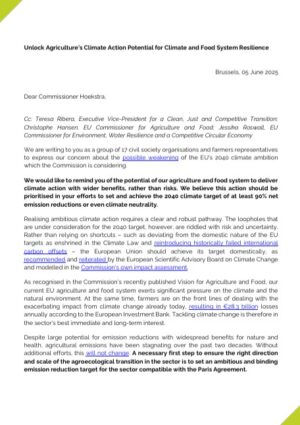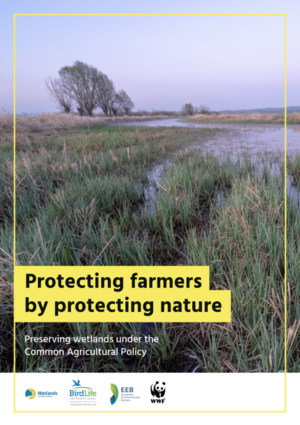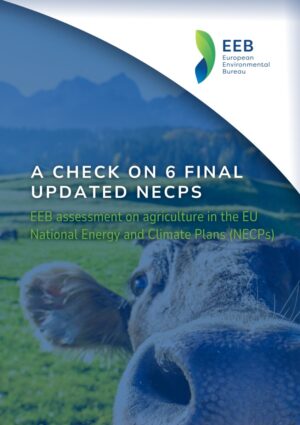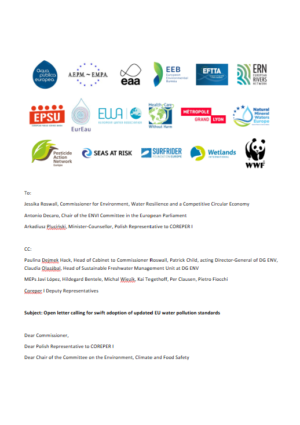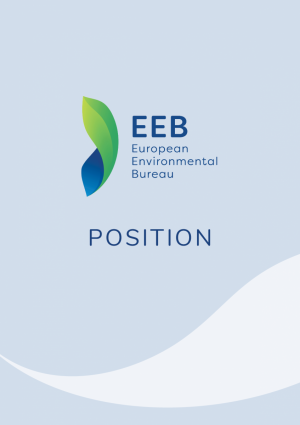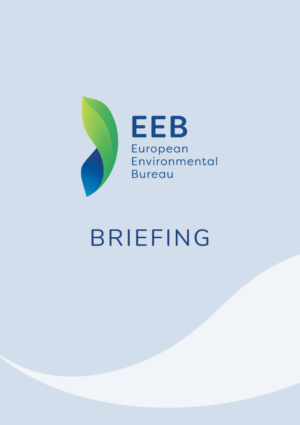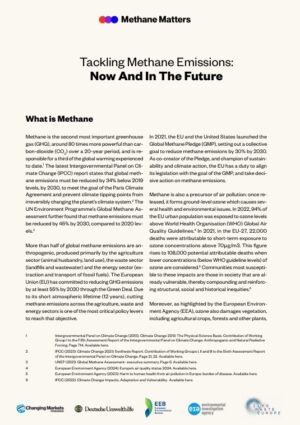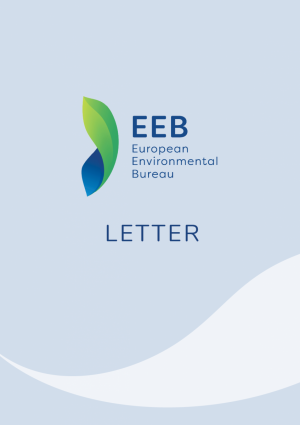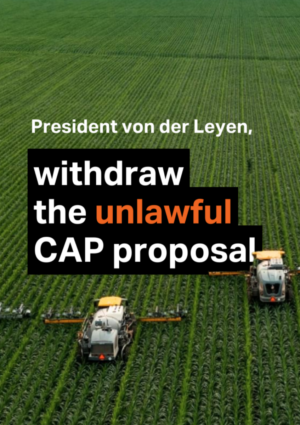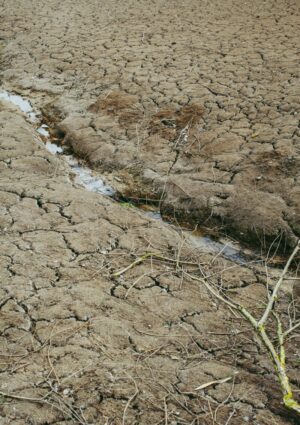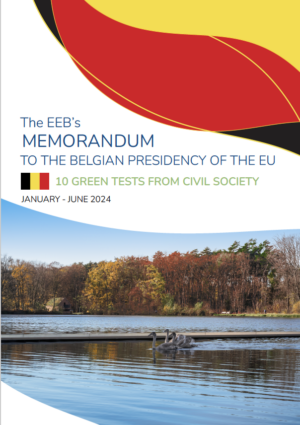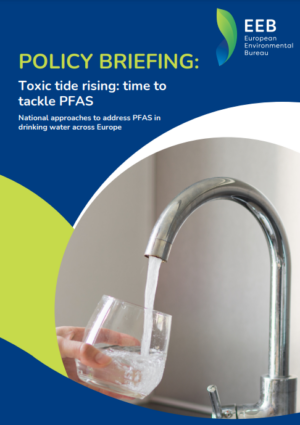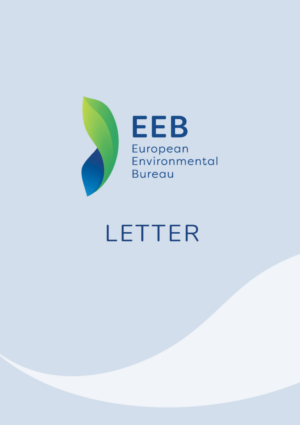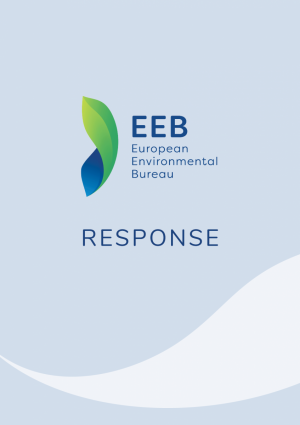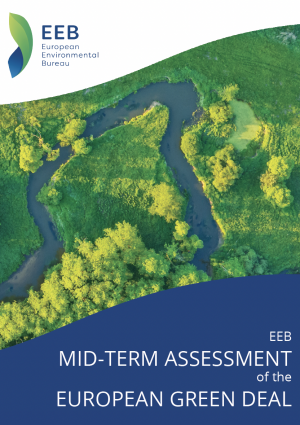BIODIVERSITY
Healthy ecosystems and biodiversity are essential for our health, climate resilience and economies. However, biodiversity is declining rapidly around the world, threatening the ecosystem services on which our societies depend. EEB works with diverse partners to halt species extinction, reverse biodiversity loss, prevent ecosystem collapse, and promote restoration, recognising their essential role for society.
Biodiversity, short for ‘biological diversity’, refers to the variety of species and populations that form the basis of healthy ecosystems. An ecosystem is a dynamic network of communities of plants, animals, and microorganisms that interact with their abiotic environment as a functional unit.
Biodiversity and the health of the ecosystems on which human life depends are in sharp decline. Industrial agriculture and forestry, urban sprawl and pollution are the main pressures on Europe’s biodiversity, threatening the survival of thousands of animal species and habitats. These threats are compounded by changes to rivers and lakes, such as dams and water abstraction, invasive alien species and the climate crisis.
As a result, there are 420 million fewer birds than there were 30 years ago and two-thirds of Europe’s wetlands have been lost in the last 100 years. Once common flowers, birds, butterflies, amphibians and reptiles are becoming rarer by the day and pollinators across Europe are in rapid decline. Globally, one million animal and plant species are threatened with extinction. The extinction or loss of species is not only a problem in itself, but has even broader implications. Each species and its ecosystem plays a crucial role in regulating the climate, pollinating our food and protecting us from natural disasters, including the emergence of zoonotic diseases.
Nature is not a detached commodity that we can use and exploit until it is exhausted. Our society is deeply and fundamentally connected to, and dependent on, healthy ecosystems and rich biodiversity. Without it, there is no economy, no food, no health and no society.
Nature protection
To protect Europe’s natural heritage, in 1992 the EU created the world’s largest network of protected areas through its nature legislation. Today, the Natura 2000 network covers 18% of the EU’s land and 10% of its seas. EU governments are obliged to maintain and restore habitats and species within these sites to a favourable conservation status. This obligation also extends to habitats and species listed under the Birds and Habitats Directives, even outside Natura 2000 sites. However, only 15% of habitat assessments in the EU show a favourable conservation status, while 81% show unfavourable conditions, indicating that current measures are insufficient.
Once a leader in biodiversity initiatives, the EU now appears to be retreating from its ambitious commitments to protect and restore nature. For instance, by downgrading the protection status of the wolf, the EU has undermined efforts to promote coexistence with large carnivores. EU governments must fully utilise, implement, fund, and enforce existing protection measures. Under the EU’s Biodiversity Strategy for 2030 and the UN Biodiversity Agreement, the European Commission, the European Parliament, and national governments have all pledged to ensure that 30% of the EU’s land and sea is adequately protected and effectively managed by 2030.
Nature Restoration
Given the scale of environmental degradation and biodiversity loss, nature conservation alone is no longer enough. Urgent action is needed to restore biodiversity and healthy ecosystems. The EU has adopted the Nature Restoration Law, which sets legally binding targets for restoring ecosystems critical for biodiversity and climate, such as peatlands, floodplains, grasslands, and rivers.
EU governments are now developing their Nature Restoration Plans, which will guide their efforts until 2050. These plans must be both comprehensive and ambitious, and they need to be developed and implemented promptly to enable large-scale restoration across the EU. Since a lack of funding has hindered the implementation of nature measures, it is crucial to secure sufficient resources for nature protection and restoration from both public and private sectors.
Transformative system change
Ensuring the health and resilience of Europe’s nature, and consequently the health and resilience of our societies, requires fundamental changes in the way we produce and consume food, manage water, use forests, build cities and plan rural areas. To this end, nature protection and restoration must be properly integrated into EU policies and budgets, and a dedicated nature fund must be established. These efforts need to be coupled with better implementation and enforcement of nature and environmental legislation and require a coordinated approach to tackle the drivers of the triple crisis of biodiversity, pollution and climate change.
Cover photo credit: Wild Wonders of Europe – Mark Hamblin
of habitats protected in the EU are threatened, declining or depleted
of EU land is protected by EU nature laws

